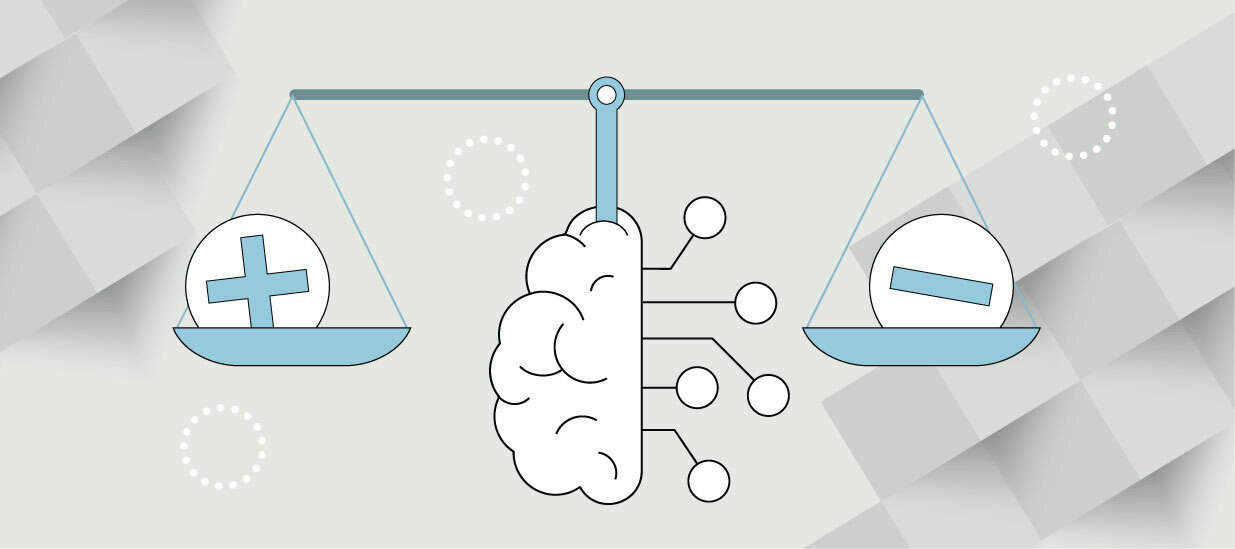3 minute read
Explore win-loss analysis best practices to help any team gather valuable insights into their customers and prospects and create scalable processes for ongoing interviews.
What are the top three reasons sales representatives give to management when asked, “Why did we lose to the competition?” You might be correct if you said price, product, or lateness to the process.
However, the only way you can avoid assumptions is to talk to the customers you won and the prospects you lost. A win-loss analysis could uncover more than why a competitive opportunity was won or lost. It could continually align (or tune in) your organization’s marketing and sales strategies to your prospect’s perceptions.
Ideally, product teams should embed win-loss analysis into daily sales, marketing, and development routines as a continual performance, differentiation, and messaging buyer-alignment process. Let’s explore 8 best practices for win-loss analysis that your team can implement today.
#1: Conduct equal win-loss analysis interviews with clients and non-clients.
Gathering equal numbers of interviews from won and lost opportunities is essential. Doing this helps preserve the statistical validation of your findings. If you only interview “won” clients, you’ll get skewed feedback about product functionality, service quality, commitment, vision, and implementation methodology. You should select an equal number of “lost” opportunities to counteract these skewed ratings. You’ll find more clients than non-clients are willing to participate in win-loss interviews, so you may need to work harder to gather loss interviews. However, the effort is worthwhile in gathering statistically significant results.
#2: Conduct interviews within 3 months of the final decision.
The sooner you conduct interviews after the decision, the better. Speed is particularly important for “won” opportunities when implementation, training, and experience with the solution may overshadow memories of the vetting and sales process. Additionally, the more complex the sales cycle, the quicker you should conduct a post-decision interview.
#3: Sales teams should not be solely responsible for conducting win-loss interviews.
In many organizations, sales teams conduct win-loss interviews. Sales team members can be biased when leading the interview or interpreting results. The win-loss analysis environment should be free of conflict or judgment. Ambitious sales reps may also want to continue selling new or upgraded solutions. For these reasons, it’s typically best for product team members to conduct a win-loss analysis to prevent biased interviews or upselling behaviors.
#4: Consider outsourcing interviews to an unbiased third party.
It’s no secret that organizations may find conducting win-loss analyses difficult. Finding unbiased team members with the skills and bandwidth to conduct interviews may be difficult. Evaluating the interviews (and the good, bad, and ugly feedback your company may receive) can be challenging. Furthermore, creating and maintaining consistent evaluation standards can be a hurdle.
If your company faces these challenges, you’re not alone. In these cases, consider outsourcing interviews to an unbiased third-party organization that understands your business’s needs and goals and has a proven record of delivering comprehensive and actionable analyses.
#5: Compile, compare, and present your findings.
An important outcome of conducting a win-loss analysis is assessing your position within the market and understanding the market’s overall perceptions about your company, your product, and others like it. Conducting a one-time interview or one-time analysis provides only a snapshot in time. To understand performance over time, companies should conduct interviews on an ongoing basis, aim to complete studies, and present findings on at least a quarterly basis. Many types of data and insights can be valuable, so it’s important to understand how to calculate win-loss ratio and other important metrics before you begin analysis.
#6: Use a metrics-based and structured template.
Use standardized response scales to conduct your interviews. Interviews with past prospects or current clients can be challenging to evaluate. Using standardized, validated scales to rate their satisfaction (e.g., 1-10), priorities (e.g., high, medium, or low), or ranking their preferences (e.g., Top 1-5) introduces analytical rigor that helps account for biased interpretation of the interviews and creates a standardized system for comparing different interviews against one another. (Don’t discount free-form responses, though – these interview responses can give rich context and insight.)
#7: Interviews are not optional.
Unfortunately, many companies fail to conduct win-loss analysis interviews, and even fewer monitor the alignment between their selling and buying processes. Whether this decision is driven by fear (e.g., sales management doesn’t want executives to verify reality) or not understanding the value of win-loss analysis (e.g., the company has not performed win-loss analyses in the past), delaying win-loss analysis can set companies up for failure.
Integrating post-decision win-loss interviews into the sales cycle helps to capture valuable information needed to align product, marketing, and sales strategies to market realities. The win-loss analysis is not optional if you want to become a successful company.
#8: Perception is reality.
When a prospect evaluates a solution, their perceptions can be more potent than reality. Conducting post-decision interviews is a direct way of accessing those perceptions. Confronting them head-on enables companies to competitively differentiate and align their products, services, or messaging to align with market perceptions.
A Final Word
By creating standards and following win-loss analysis best practices, your company can hold itself accountable for conducting unbiased win-loss interviews. By gathering data on market perceptions from your won customers and lost prospects, you can gain a competitive advantage by diagnosing your sales performance, verifying your differentiation, and aligning your selling process with your buyer’s process.
Author
-

The Pragmatic Editorial Team comprises a diverse team of writers, researchers, and subject matter experts. We are trained to share Pragmatic Institute’s insights and useful information to guide product, data, and design professionals on their career development journeys. Pragmatic Institute is the global leader in Product, Data, and Design training and certification programs for working professionals. Since 1993, we’ve issued over 250,000 product management and product marketing certifications to professionals at companies around the globe. For questions or inquiries, please contact [email protected].
View all posts








